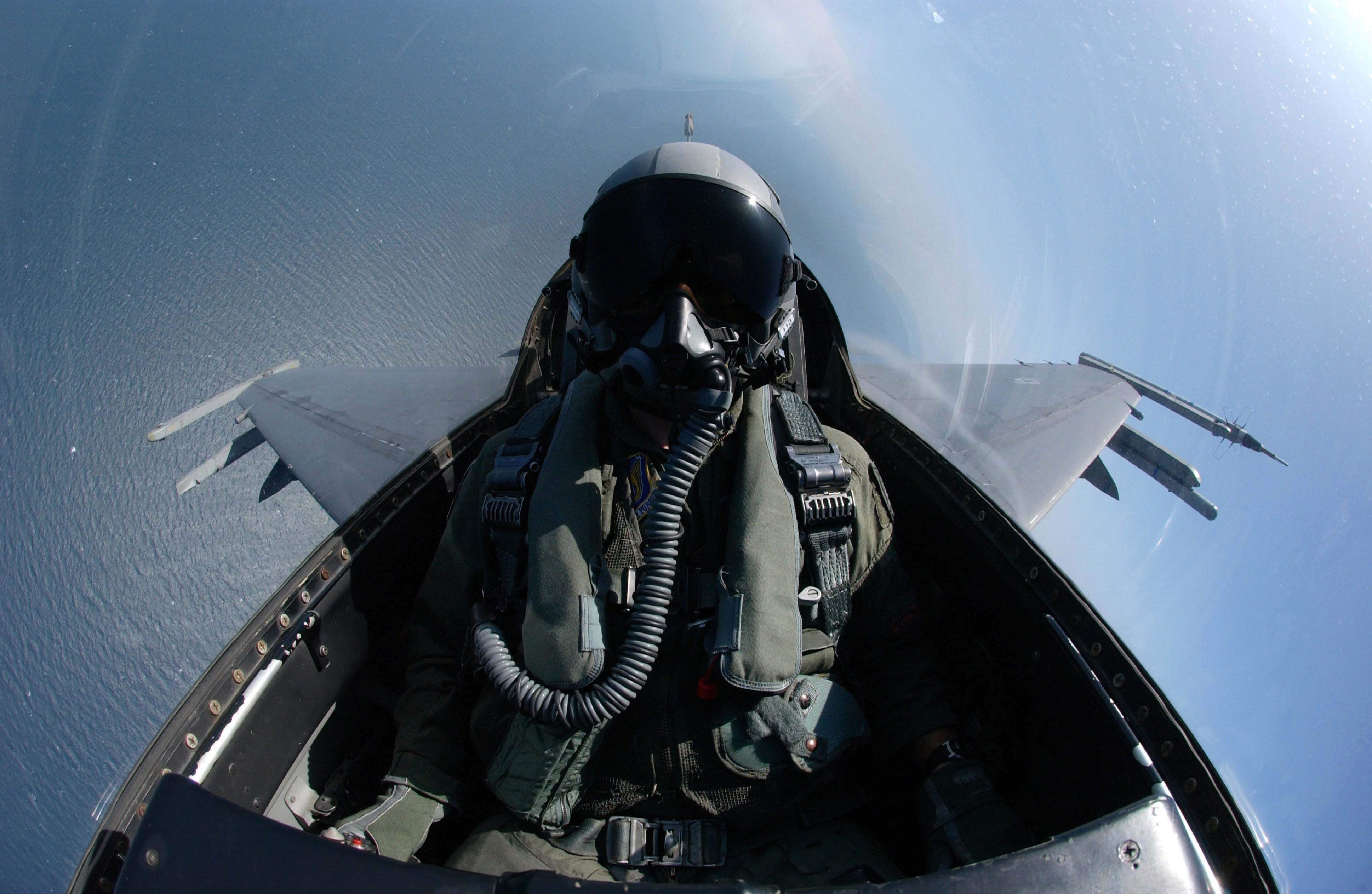
In science fiction, people often find a way to move at the speed of light. But you might find yourself asking, could your body survive going so fast? What would happen to it?
First, let's assume that it is possible — though it is not — for a human to move at the speed of light, which is 299,792,458 meters per second (983,571,056 feet per second), or about 186,000 miles per second. There's no issue, per se, with a person moving at a very fast constant speed. Humans can't feel constant velocity, so you wouldn't even necessarily notice you were moving that fast.
Your biggest issue would be acceleration — actually reaching that speed. Too much acceleration force can hurt, and even kill, us. At high accelerations, "your blood will have a hard time pumping to your extremities," said Michael Pravica, a professor of physics at the University of Nevada, Las Vegas.
Related: Why is the speed of light the way it is?
Most humans can handle acceleration forces of about four to six times that of gravity (4 to 6 g) for a short period of time. As the g-force increases, your body's ability to circulate your blood from your feet to your head becomes limited. As your blood begins to pool, you will pass out, and if the force doesn't lessen or stop, you will eventually die as your body is starved of the oxygen your blood transports throughout your body.
Fighter pilots and other people who experience high levels of g-force are taught techniques to keep from passing out, such as tensing muscles in their extremities, and they use special suits to withstand up to 9 g for short periods of time. But if you were to accelerate to light speed in a few seconds — like in the "Star Wars" movies — you would quickly become a human pancake as the force of over 6,000 g slammed into you, according to Omni Calculator's g-force calculator.

If you wanted to accelerate to light speed more safely — say, at 2 g — it would take over five months to accelerate to light speed, assuming you were moving in a straight line and there was no air resistance. At 1 g, the acceleration of free fall, it would take over 11 months.
Unfortunately, reaching this lofty speed turns out to be impossible. "You cannot go at the speed of light, given that you have a finite mass," Pravica said.
Einstein's theory of special relativity shows that as an object with mass gets closer to the speed of light, the mass starts to increase as it nears the speed of light, Pravica said. If an object could reach the speed of light, it would become infinitely massive and would require infinite energy to maintain that speed.
Still, humans have gotten some things to go very, very fast — if you can call subatomic particles "things." Particle accelerators can get particles like electrons to over 99.9% the speed of light, Pravica said. But there's a big difference between getting an electron to move that fast and launching a person at that speed, which would require so much energy as to be extremely improbable, even if it didn't break the laws of physics.
If you could move at near light speed, you would experience the effects of relativity on time, Pravica said. Time would move more slowly for you than for people moving at more everyday speeds, though your experience of time wouldn't change. If you could observe people moving at "normal" speed, Pravica said, they would appear to be moving in slow motion.
There is one sense in which we could move at close to the speed of light. Our planet and everything in the universe are constantly moving. Earth is rotating and revolving around the sun, and even our galaxy is in motion. It's possible that if we were moving away from a galaxy very quickly — and that galaxy were also moving away from us — we would be moving, relative to that galaxy, at near the speed of light. It's possible that we already are.
"That's what Einstein showed," Pravica said. "Everything is relative."







